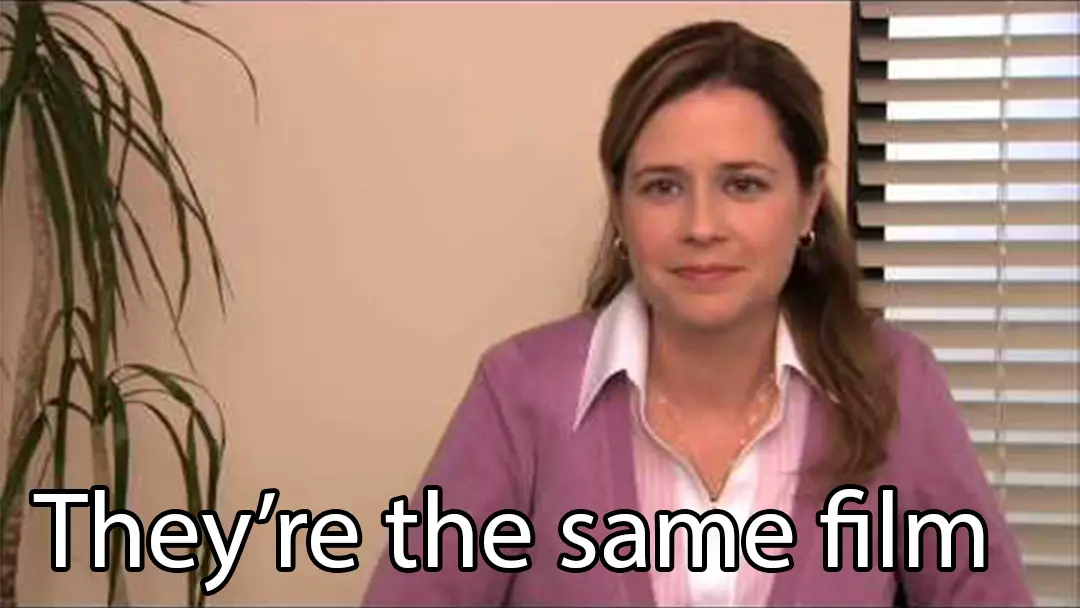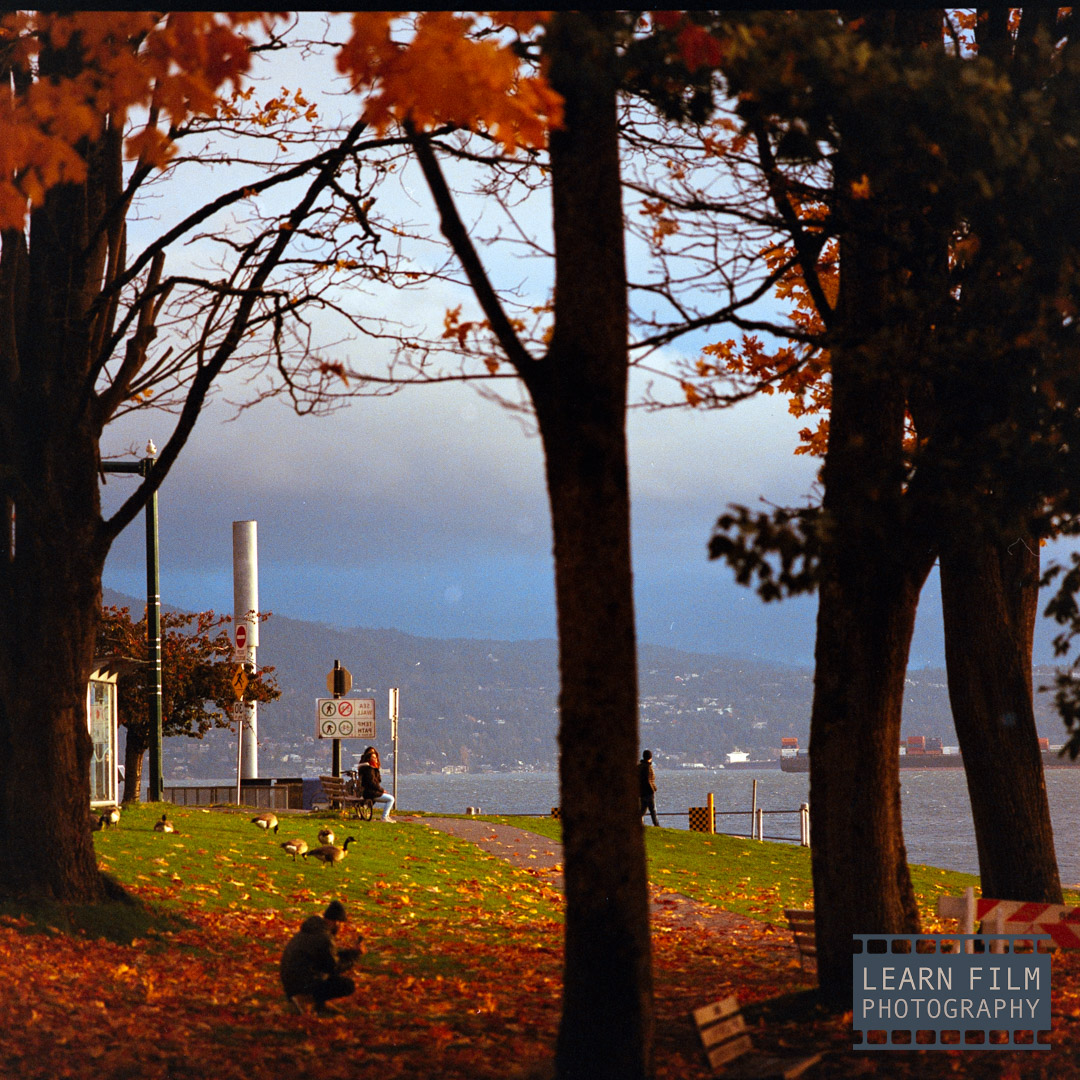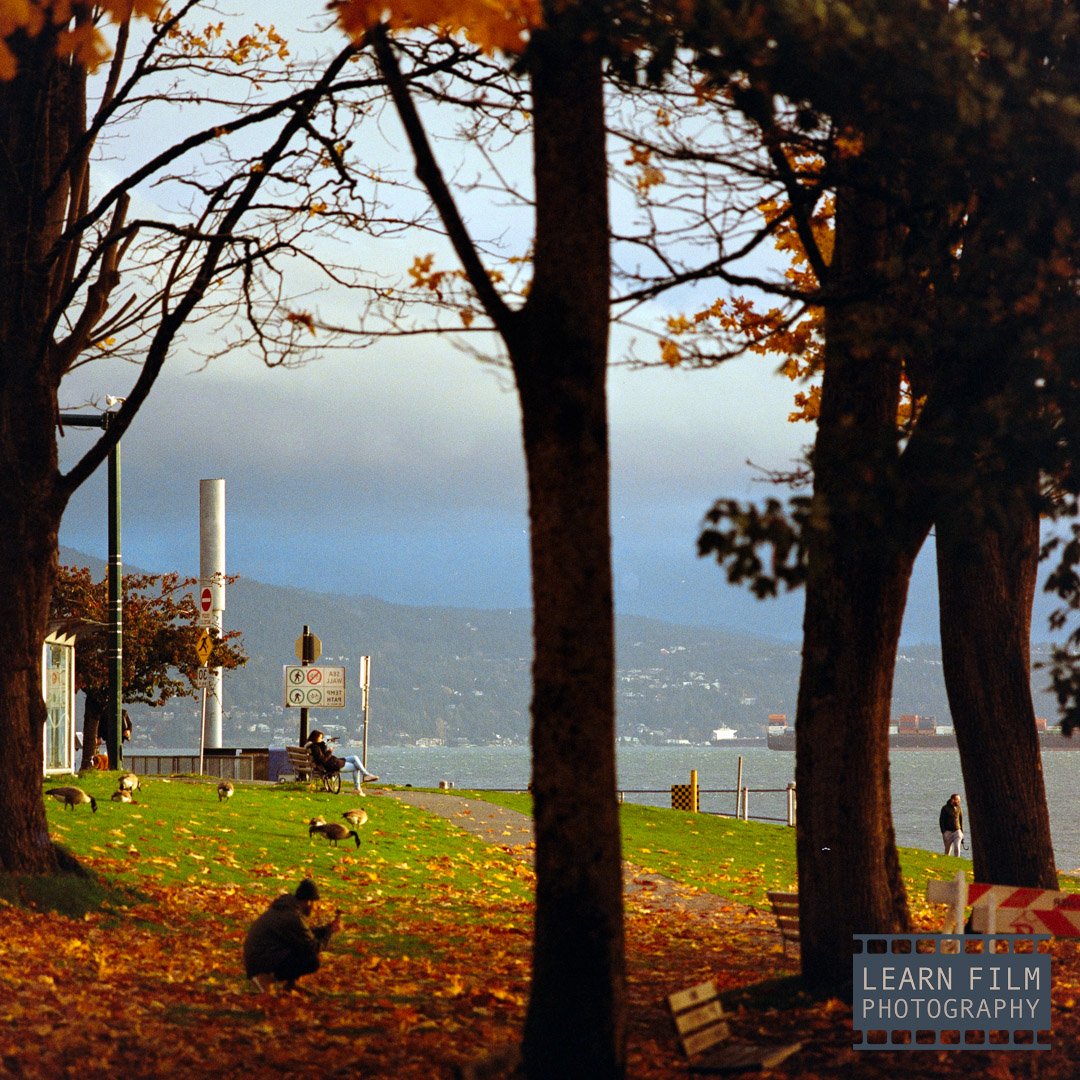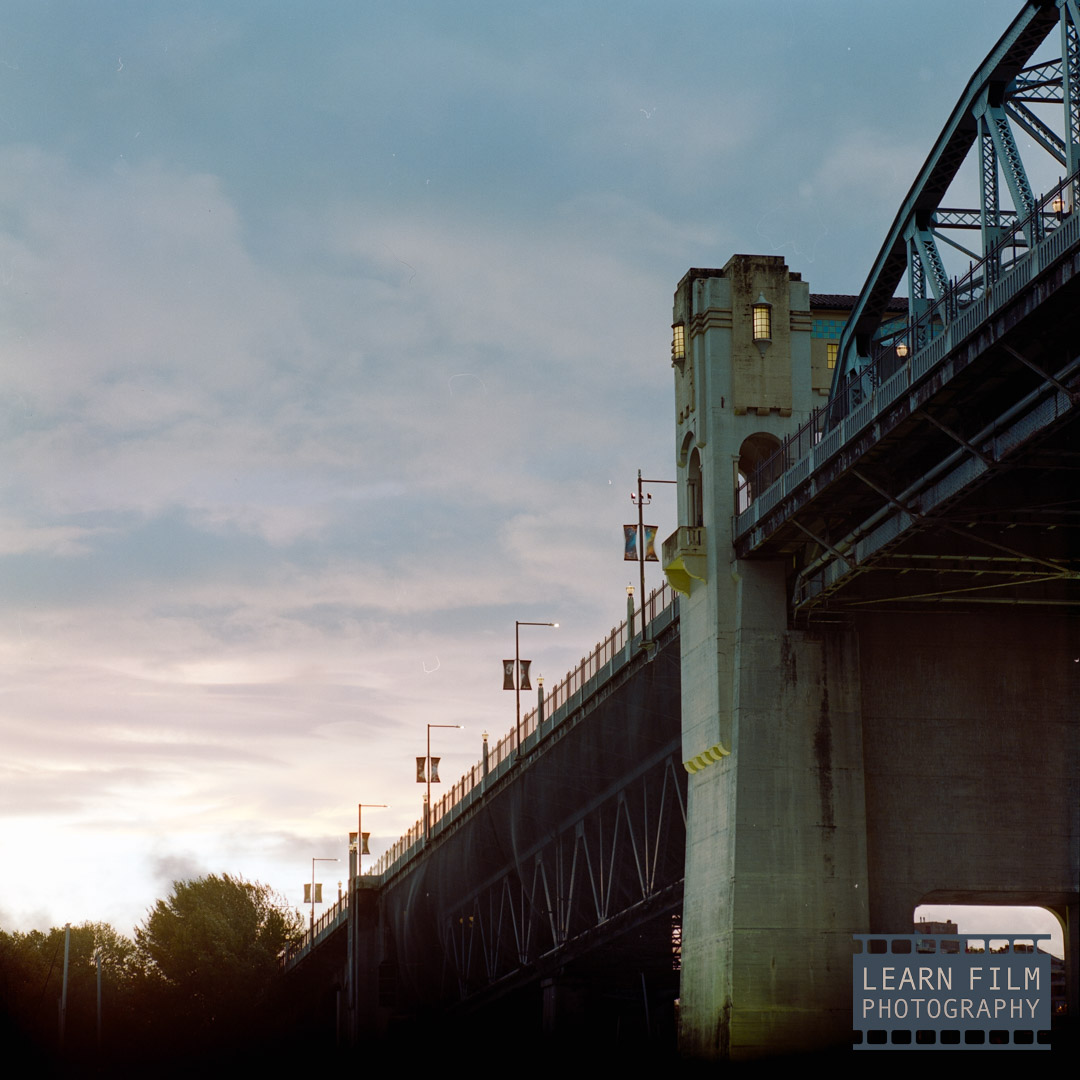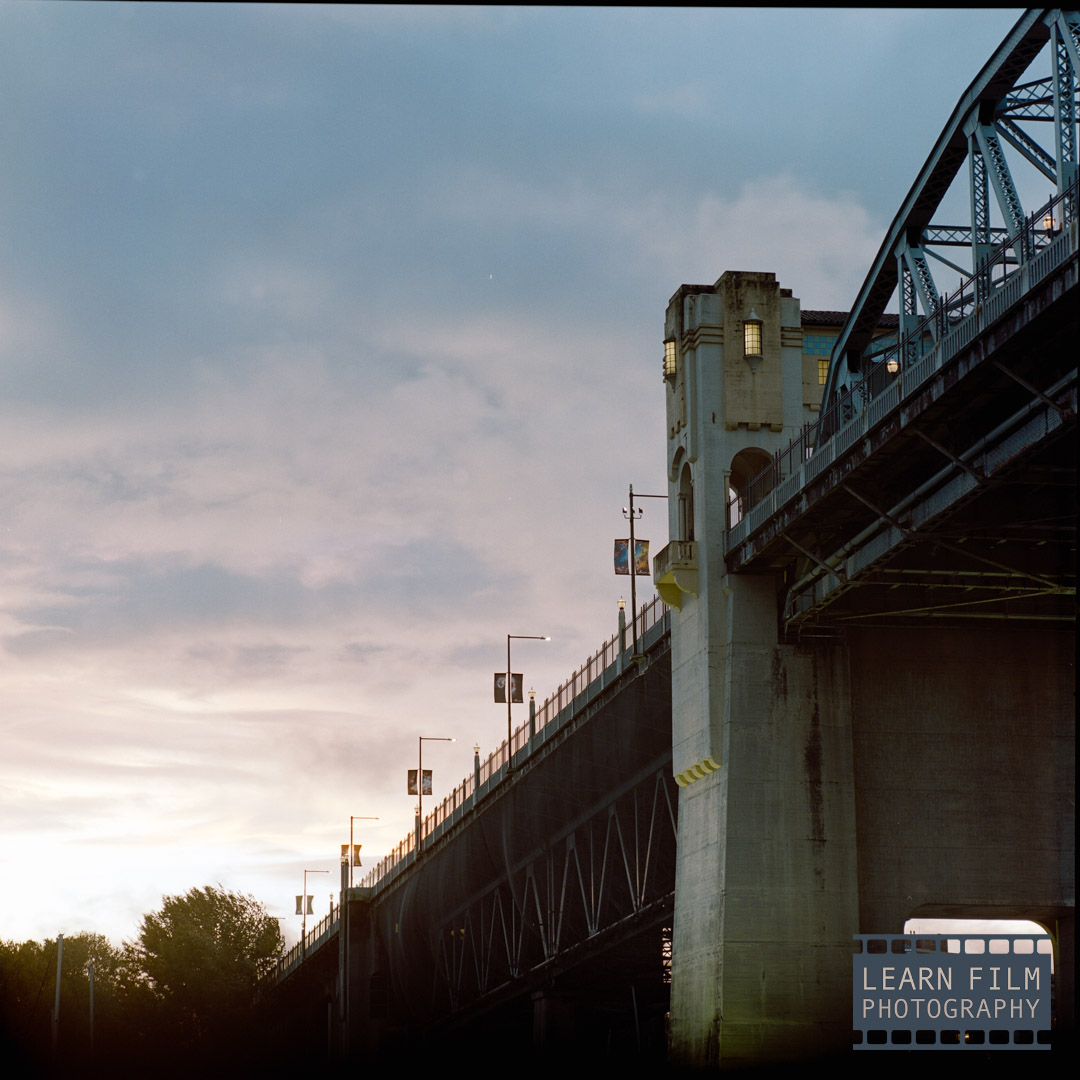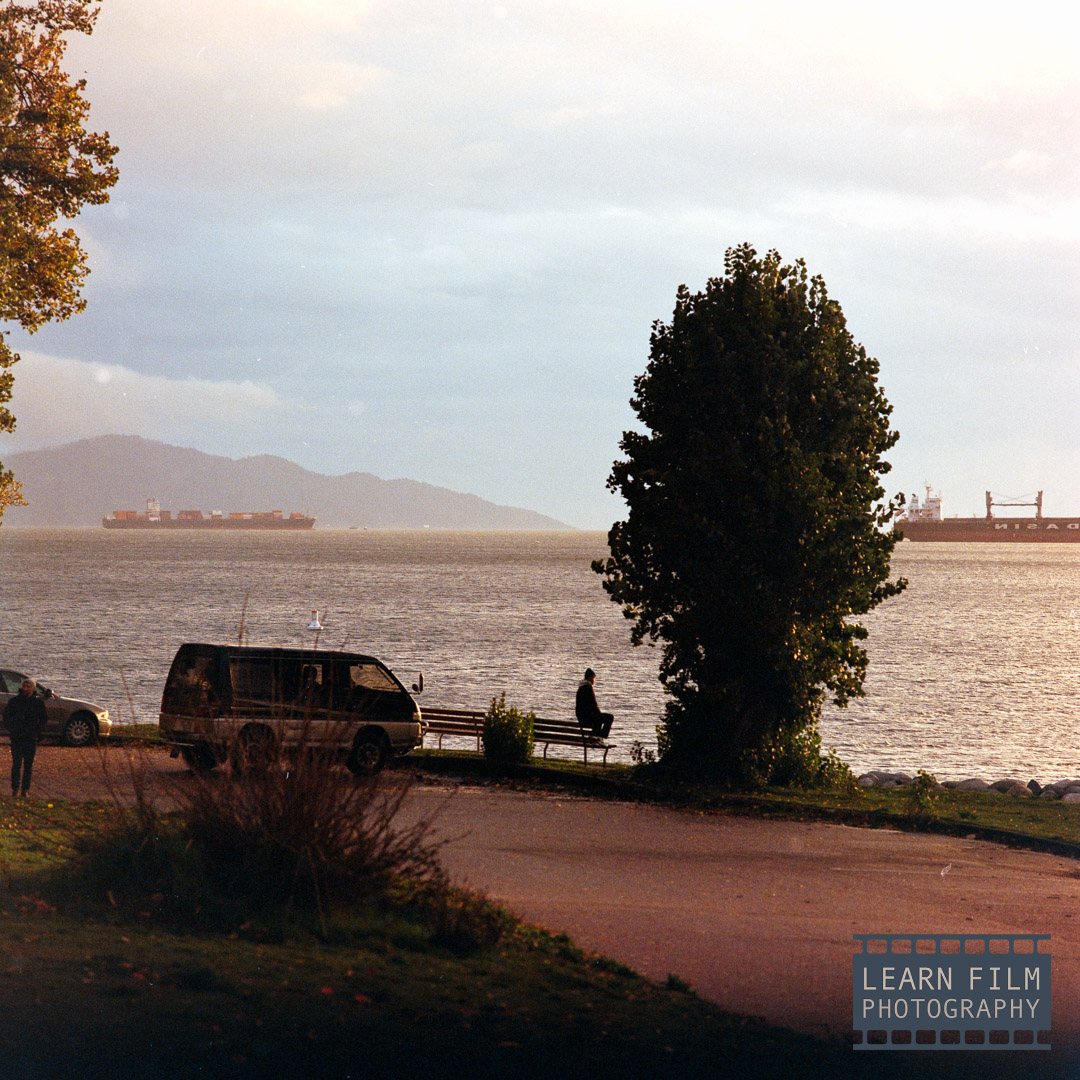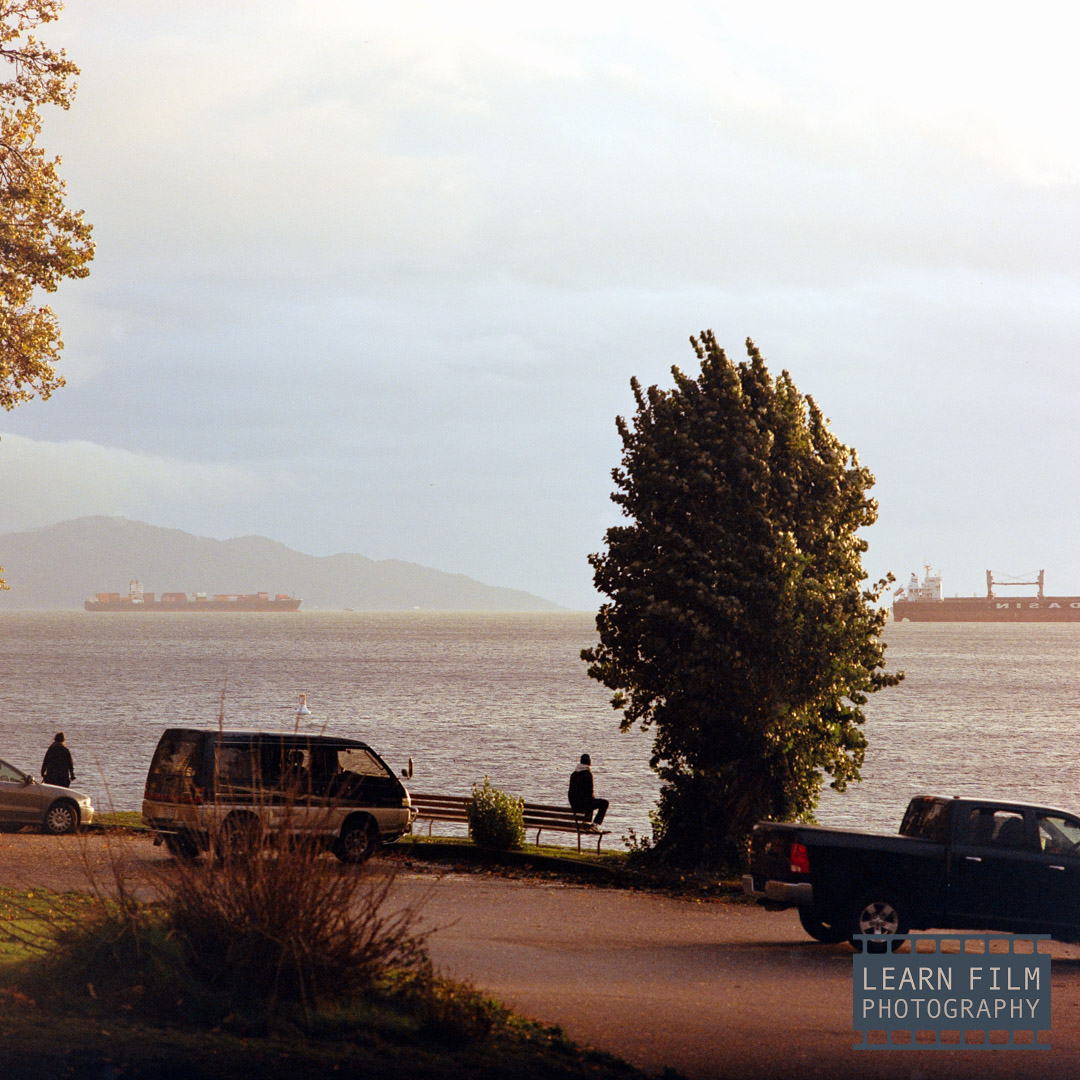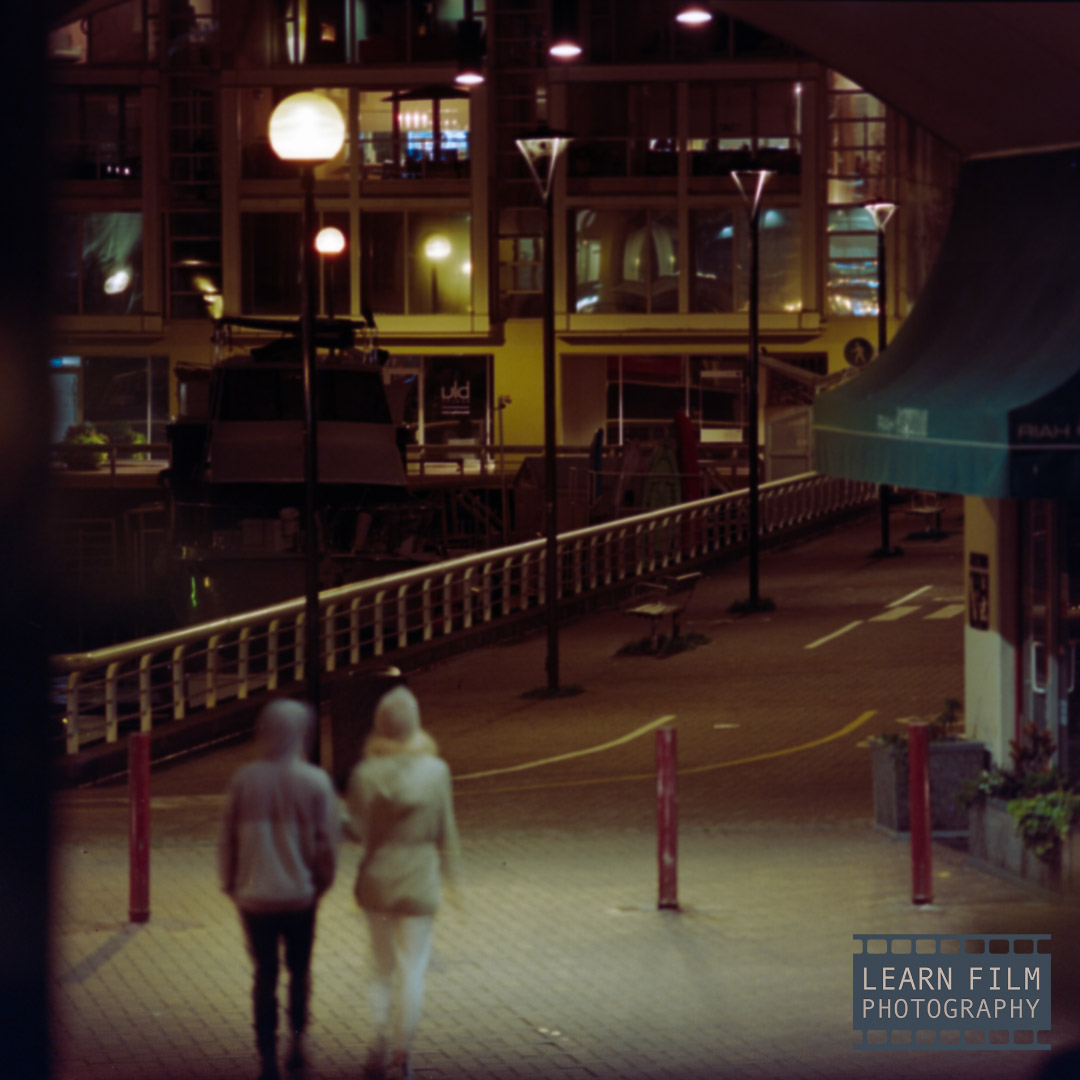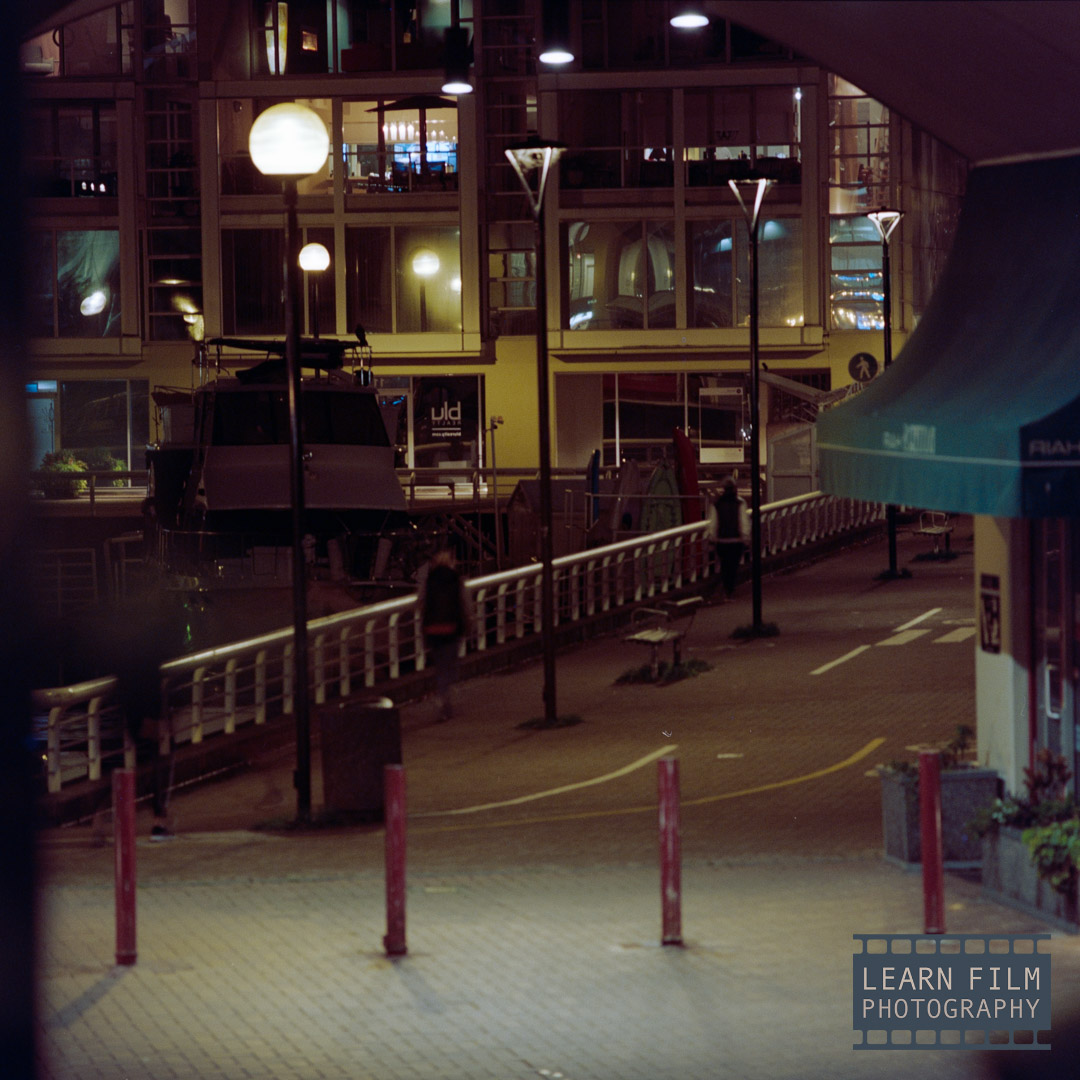With the news of Kodak pushing up film prices once again, I set out to make a scientific side-by-side comparison of Kodak Portra 800 and Lomo 800.
It’s winter here in the Pacific Northwest, meaning there are less than 10 hours of daylight available. And even then, what light we do have is often covered by the clouds. So what’s a film photographer to do? Push, or shoot something a little faster.
I wanted to try out the latter. So I bought myself a 5-pack of Portra 800 and a 3-pack of Lomo 800 to see what is the real difference between these two film stocks.
There are a lot of rumors out there, including that Lomo 800 is actually a repacked version of Kodak Gold/UltraMax 800, which was discontinued sometime in the 2000s. However, that is extremely unlikely when you consider the ludicrous cost of reviving an old film stock.
So what is Lomo 800? And what’s the difference between Lomo 800 and Kodak Portra 800?
In a side-by-side comparison between Kodak Portra 800 and Lomo 800, I couldn’t find any discernable difference between these two film stocks other than the thickness of the film base. After doing this test, and rescanning the film, Lomography 800 film appears to be re-branded Kodak Portra 800.
But that’s a pretty bold claim. I don’t believe Kodak has ever allowed their professional lineup to be rebranded. However, Kodak Portra 800 is an entirely different film from Portra 400 and 160, which were reformulated to produce better digital scans in 2010.
Since then, Portra 800 has been the black sheep of the Portra lineup — some photographers even suggest pushing Portra 400 to 800 creates more pleasing results.
How did I test these films?
I tested Lomo 800 vs. Portra 800 in a side-by-side test with a Hasselblad 500c. The films were loaded into different film backs, and I would repeat the same photograph with each film.
The photos were taken on an overcast fall day when the trees were in full bloom. I used a tripod for many of the photos, but most exposures were taken by hand.
The rolls were then developed in Flic Film’s color chemistry kit using the same temperatures and developing times. Then they were dried and scanned using the Essential Film Holder and Negative Lab Pro.
These are straight out of the Negative Lab Pro scanning software (version 2.3) without any adjustments to the images other than slight cropping. I followed the advice of Nate from Negative Lab Pro and kept the histogram to the right for the best quality scans.
That did mean that some of the scans could have been exposed a bit differently — especially because I wasn’t scanning the same image from each strip at the same time. (that kind of testing may come later, but with my current setup, I’d be much more likely to make mistakes).
Are there any differences between the images after scanning?
After scanning these films the first time, I noticed that there were almost no differences in the images. Looking at the images side-by-side above, there are some minor differences.
But there’s aren’t any that can’t be explained by slight variations in the developer temperature, the thickness of the film base, or the brightness of the initial scan.
The colors, saturation, and contrast are remarkably consistent throughout the sets. If the rolls of film were different, there would be clear differences in shadow detail, vibrance, and color temperature like in this comparison between Portra 400 and Lomo 400. But none of those differences are present in these two rolls that were shot side-by-side.
This was one of the most surprising results to me. I did not expect to see that these were exactly the same films. But it makes sense.
Kodak can make more money with a film under its own branding. So why would they make and contract out a specialty film to another competing manufacturer? Not to mention the extreme costs of bringing back a dead film stock like Kodak Gold 800.
Ilford may make Acros II only for Fujifilm, but in turn, Fuji produces Ilford’s chromogenic XP2 emulsion. Both of these manufacturers benefit from the specialization of the other, but Lomography doesn’t produce anything that Kodak couldn’t do themselves.
Of course, there is no way to categorically, 100% say for certain that Lomo 800 is Portra 800. Lomography will likely never be able to confirm that, and the company does not produce technical datasheets. So all I’m left with is speculation based on these side-by-side tests.
Is there any reason to purchase Portra 800 if Lomo 800 is the same film, but cheaper?
If there’s one reason to still buy Portra 800 over Lomo 800, it’s the thickness of the film base. Lomo 800 negatives have a nasty curl to them, even if they’re dried in a steamy bathroom and left under a pile of heavy books for more than a week.
That makes them way more difficult to scan, and prone to scratches overall. There may be a secret to drying these negatives flat, but I certainly haven’t found it yet.
The thinner negatives may also make them more likely to fade. A thinner acetate backing might start degrading faster and releasing acetic acid into the emulsion, which will fade the dyes over time. (Read more about the lifespan of film here).
How big of a difference the film thickness actually makes is debatable. But this is a tradeoff that Lomography made to keep Lomo 800 cheaper than Portra 800.
But the important thing is that everything else is the same. You can capture an equally good image using Portra 800 or Lomo 800.
Final thoughts
With the costs of Kodak films going up much faster than Lomography, it makes sense to me to be stocking up more on the Lomography film. The Lomography film stock curls like hell and might break down quicker, which could be a big reason to choose Portra 800 over Lomo 800.
At the end of the day, I’m going to be stocking up on a lot of Lomo 800. It’s dark out here in the Pacific Northwest, with maybe a single sunny day per week. Shooting photographs on the street is nearly impossible without having a large-aperture telephoto lens.
I’m going to keep experimenting and trying to get this film as flat as possible.
Can you see more differences in these film comparisons that I’m not seeing? Are you going to shoot more Lomo 800 now that you’ve seen this? Or have you had a different experience with Portra/Lomo 800? Let me know down in the comments below, or leave a message on the growing Learn Film Photography Facebook group!

By Daren
Daren is a journalist and wedding photographer based in Vancouver, B.C. He’s been taking personal and professional photos on film since 2017 and began developing and printing his own photos after wanting more control than what local labs could offer. Discover his newest publications at Soft Grain Books, or check out the print shop.

